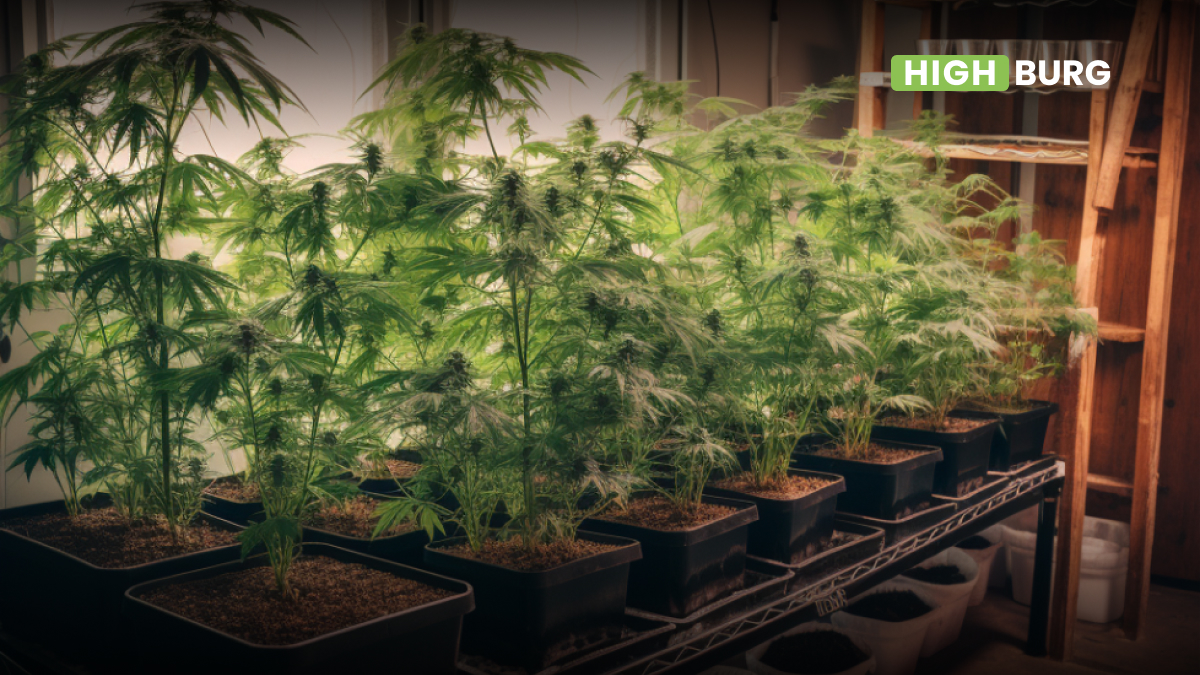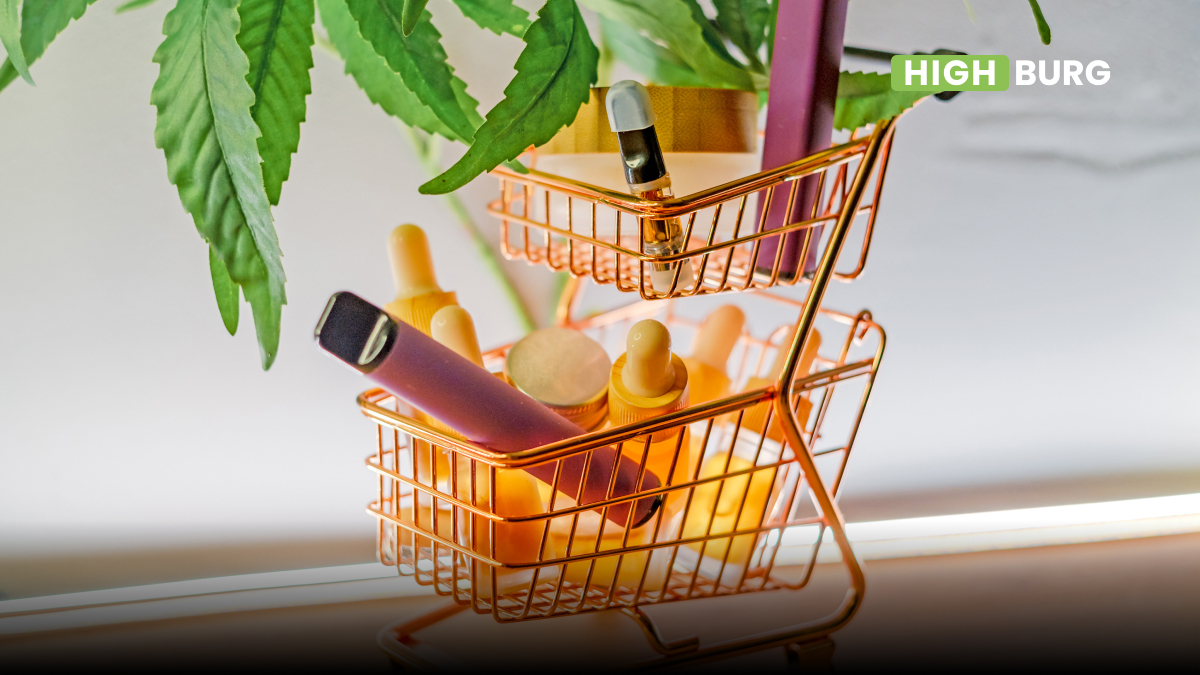Hydroponic cannabis is grown without the use of soil. Instead, water with dissolved nutrients is used as the primary growing medium. Cannabis plants are grown in baskets, buckets, and other containers filled with a growing medium like perlite or vermiculite among others and suspended over water.
To ensure that the plants get all the necessary nutrients to grow, growers use a variety of nutrients both in soil based cultivations and in the soilless ones. Soil-based plants may be easier at the beginning, but hydroponics makes it easier to nourish the cannabis plants.
Plants are typically exposed to fewer pests when grown in a hydroponic environment, though steps are still taken to protect the roots of the plants if water runs out or the pump falters. Changes in pH levels can also harm plants, so growers must keep a close eye on these levels.
As such, there is more work and maintenance involved with hydroponics compared to traditional planting in soil in the earlier stages. However, once the hydro-system has been set up, maintenance is relatively streamlined.
Hydroponics gives growers more control over the nutrients fed to the plants, including providing plants with more constant cannabinoids profiles.
The plant’s roots directly absorb the nutrients provided, making growth easier and more efficient. Further, any water that’s not absorbed by the roots can be recycled to reduce waste.
Types of Hydroponic Systems
Hydroponic systems allow growers to have very precise control over environmental conditions, such as light, temperature, pH balance, and exposure to water and nutrients. The following are the main types of hydroponic systems that are used to grow cannabis in the absence of soil:
- Wick: This is a very basic system that involves delivering nutrients and water to roots using a string. Plants are suspended in a growing medium. A reservoir of water and nutrient solution sits underneath the growing tank, with one end of the wick in the solution and the other in the growing medium.
- Deep Water Culture (DWC): this system involves the use of a reservoir filled with water and nutrients. Plants are suspended over the reservoir with a net pot and growing medium, with the roots submerged in the reservoir to ensure that they’re delivered a continuous supply of water and nutrients. An air pump constantly oxygenates the water for the roots.
- Nutrient Film Technique (NFT): the water and nutrient solution are placed in a reservoir, with an air pump to maintain oxygenation. The plants are grown in an adjacent channel. Water is pushed through the channel with a water pump, and a thin layer of nutrients and water is delivered to the plants. Unlike a DWC system, plant roots are not fully submerged in an NFT system.
- Drip: the plants are grown in a medium such as vermiculite or perlite and a drip irrigation system is used to deliver nutrients rich water to the plants.
- Aeroponics: this system involves suspending the plants and roots in the air. A mister is used to spray the roots to deliver water and nutrients. This method ensures increased exposure to oxygen.
- Ebb and Flow: this system sends nutrients to the roots of the plant in a cyclical fashion, rather than continuously. Plants are housed in a growing medium on a tray, then a pump on a timer will flood the tray with nutrients on a specific schedule. Once the tray is flooded, the solution is drained back into the reservoir for reuse. An air pump is also used to oxygenate the water in the reservoir.
Advantages of Hydroponic Cannabis
There are several benefits of growing cannabis plants in a soilless environment, including the following:
- Easier nutrient delivery: growers can choose the type and amount of nutrients, as well as the frequency of delivery.
- Less water waste: Any water that isn’t absorbed by the roots can be put back into the system. This is extremely helpful in drought-prone locations.
- Less space required: hydroponics systems don’t use as much space to grow plants compared to soil-based cultivation.
- Year-round growth: growers in colder climates don’t have to worry about the local climate, as hydroponic cannabis can be grown in all sorts of environments since it all takes place indoors.
- No pesticides required: a hydroponic garden requires no harsh pesticides to keep pests at bay, so it’s considered a more eco-friendly way to grow cannabis plants.
Disadvantages of Hydroponic Cannabis
Along with the perks of hydroponic systems come a few drawbacks to consider as well, including the following:
- More observation required: It’s imperative to keep a close eye on cannabis plants grown in a water-based medium to make sure the plants and roots stay healthy. If one plant falls ill, this could negatively affect all the others.
- Environmental impact: hydroponic systems can require high levels of electricity
Technical expertise: growers need to have knowledge in order to manage nutrients solutions, pH levels, humidity, light and other factors affecting cannabis growth.



